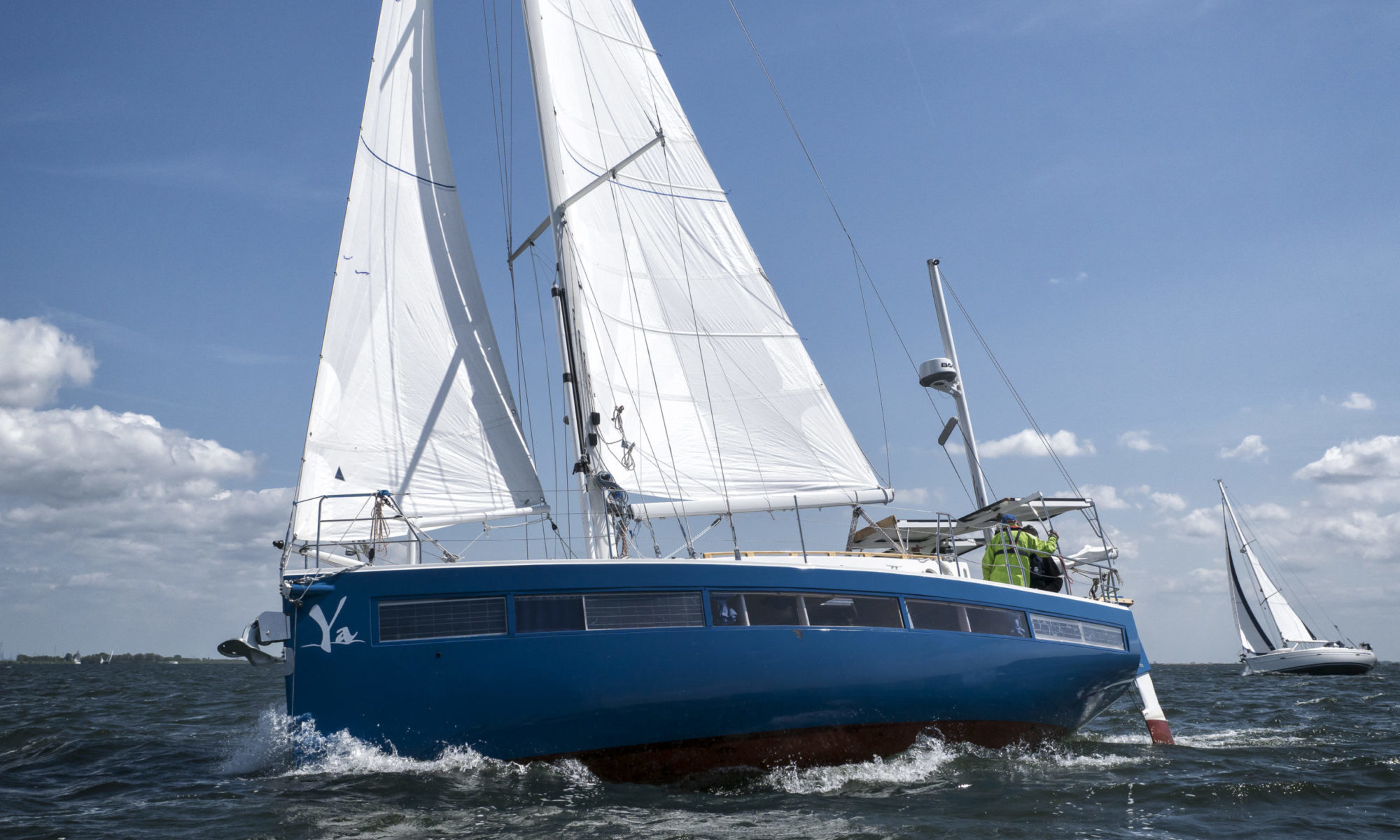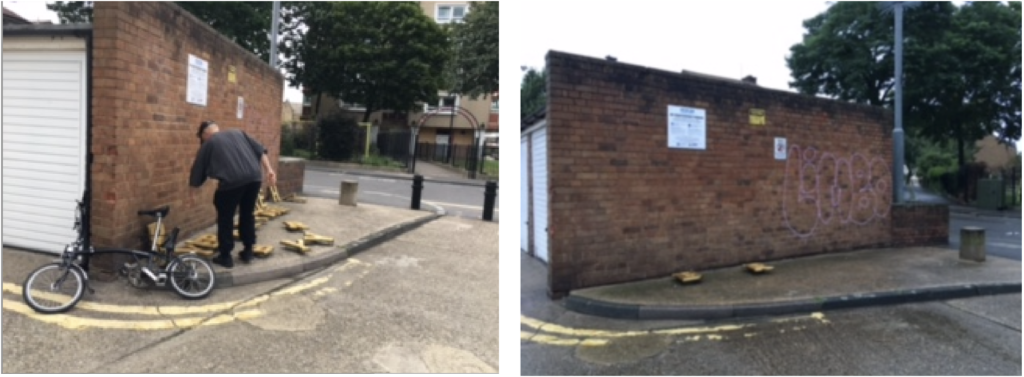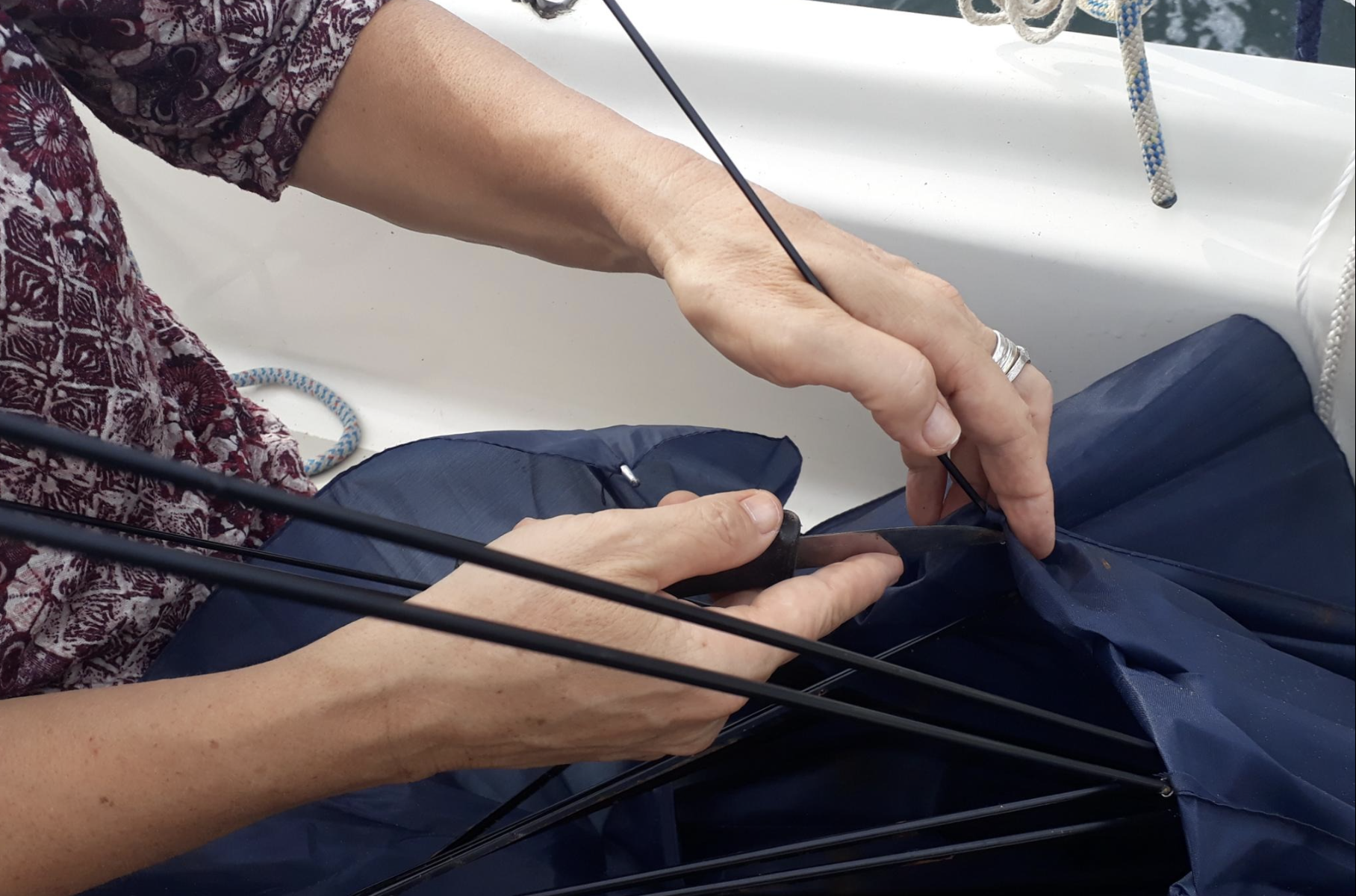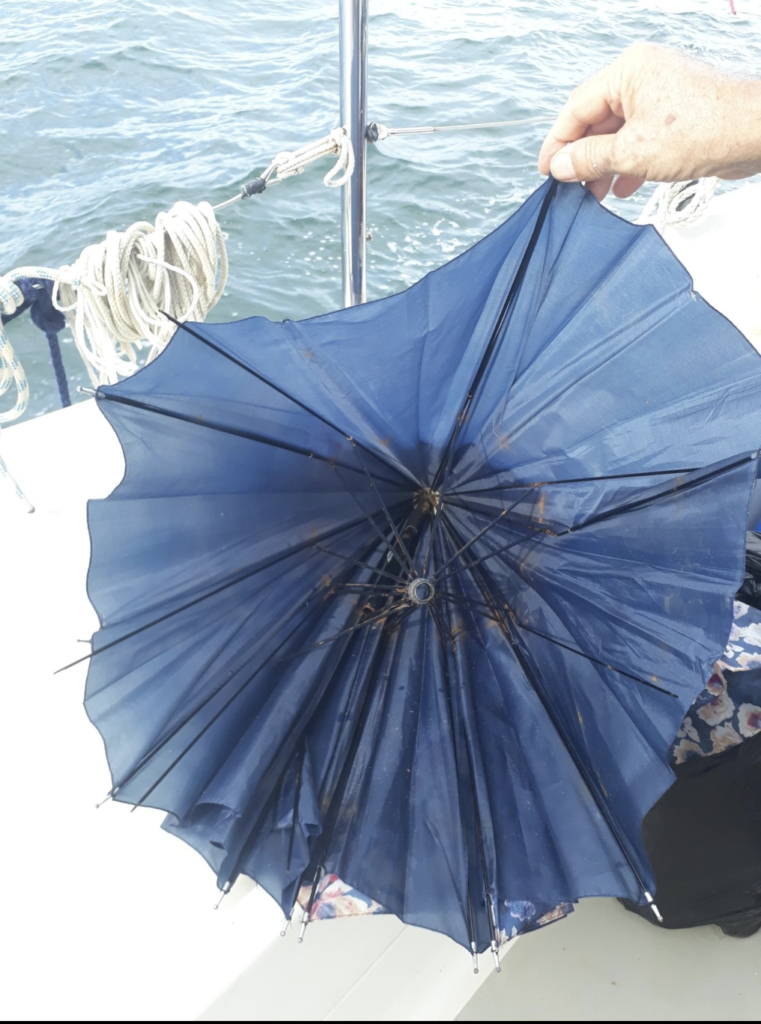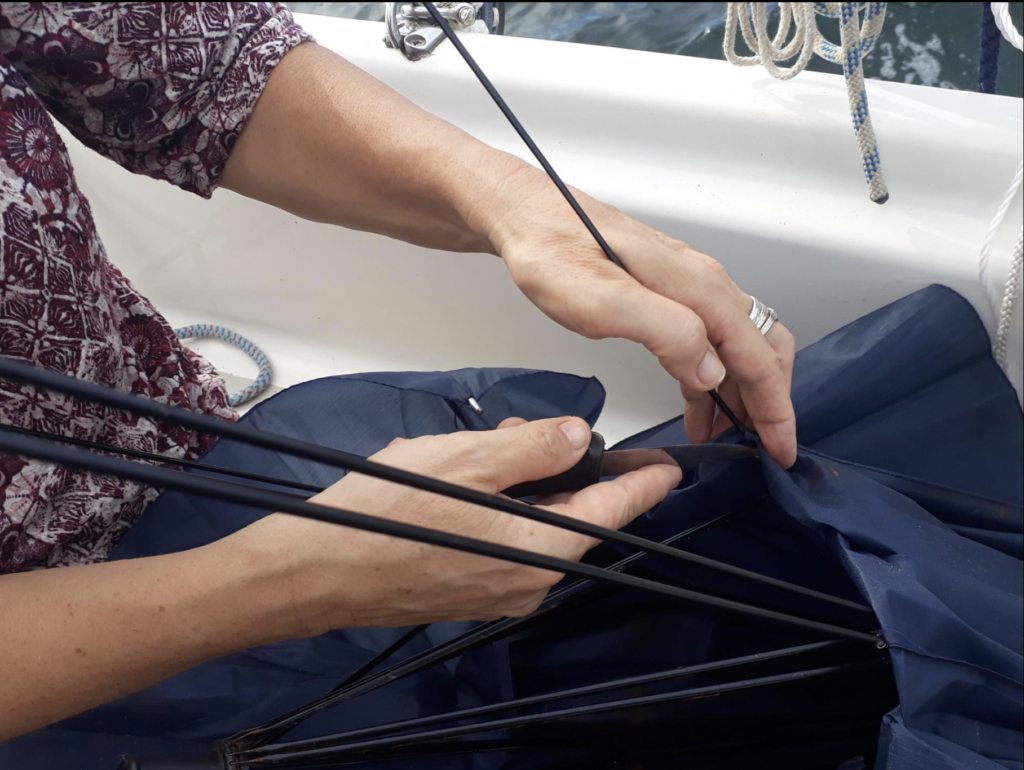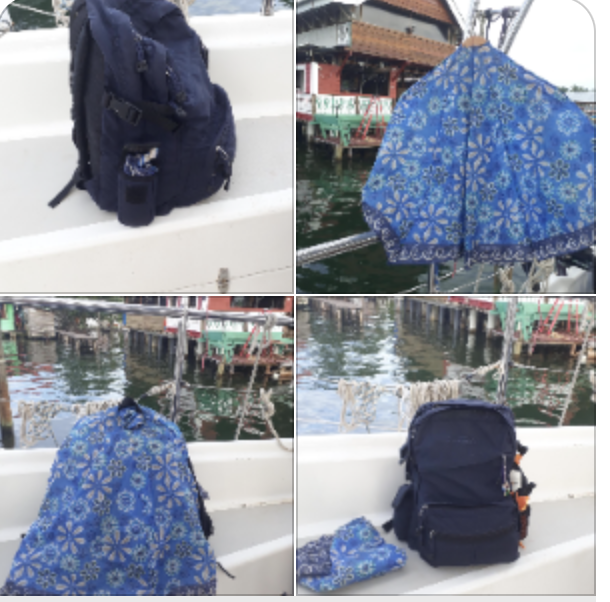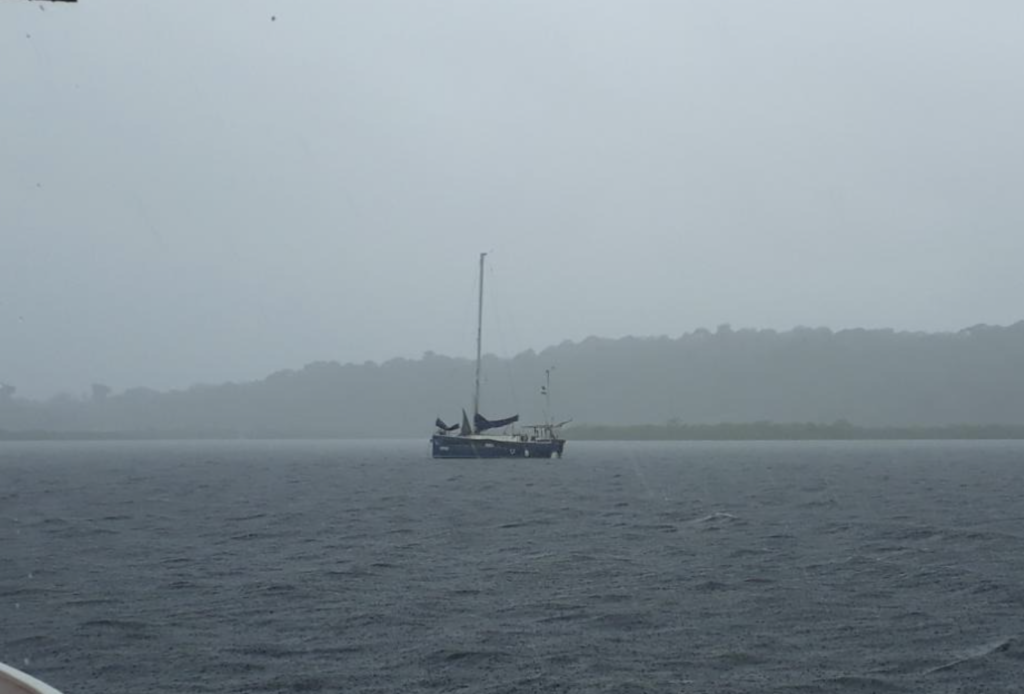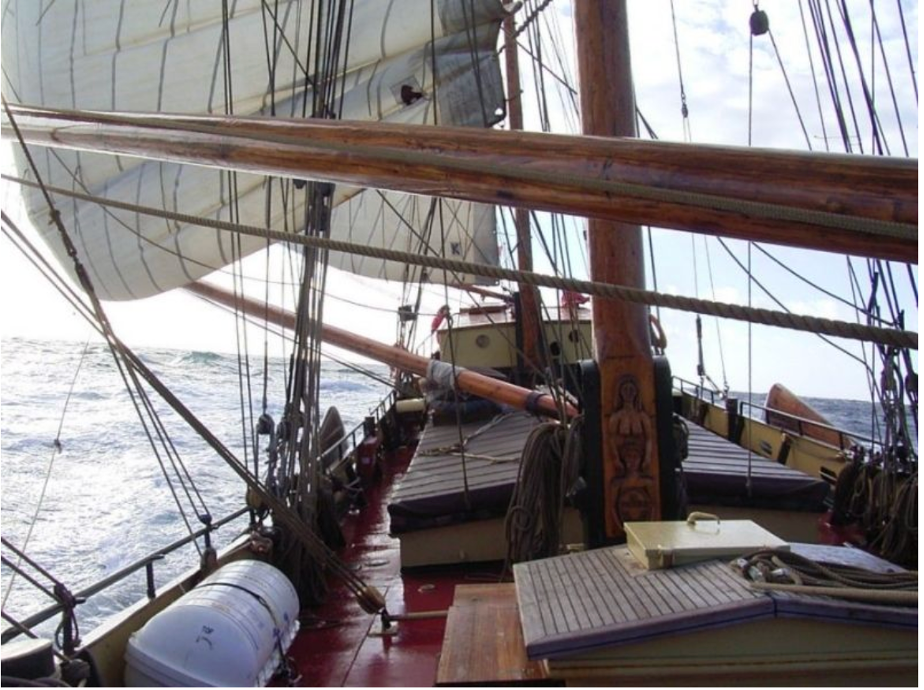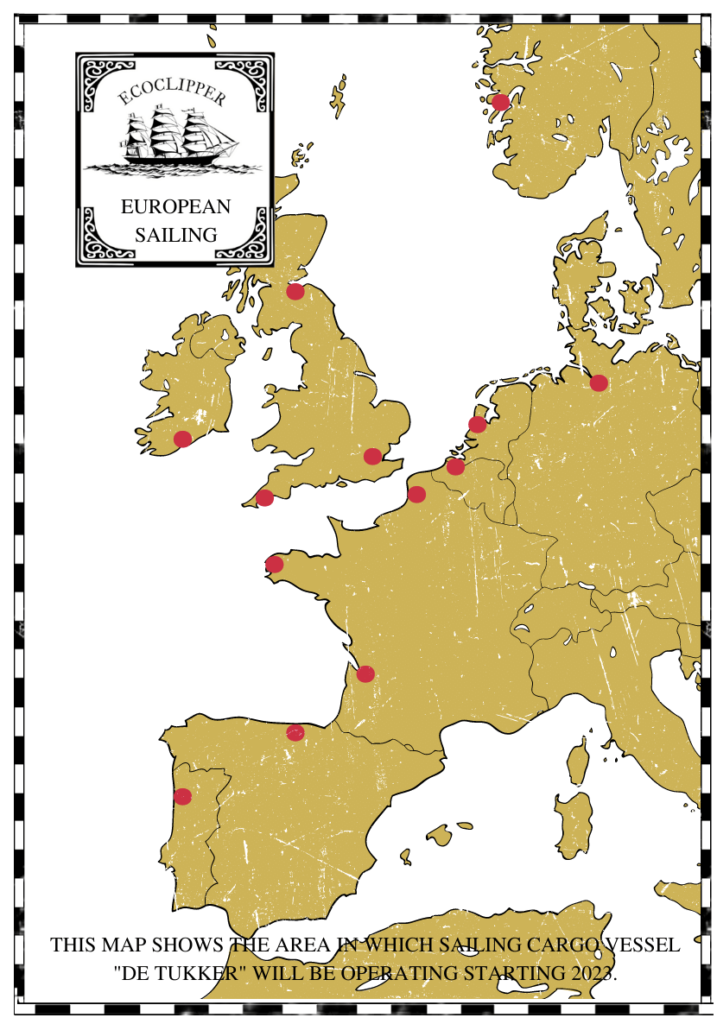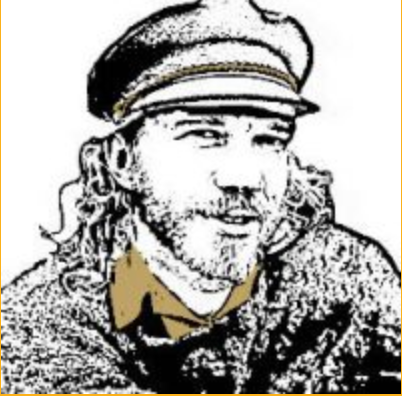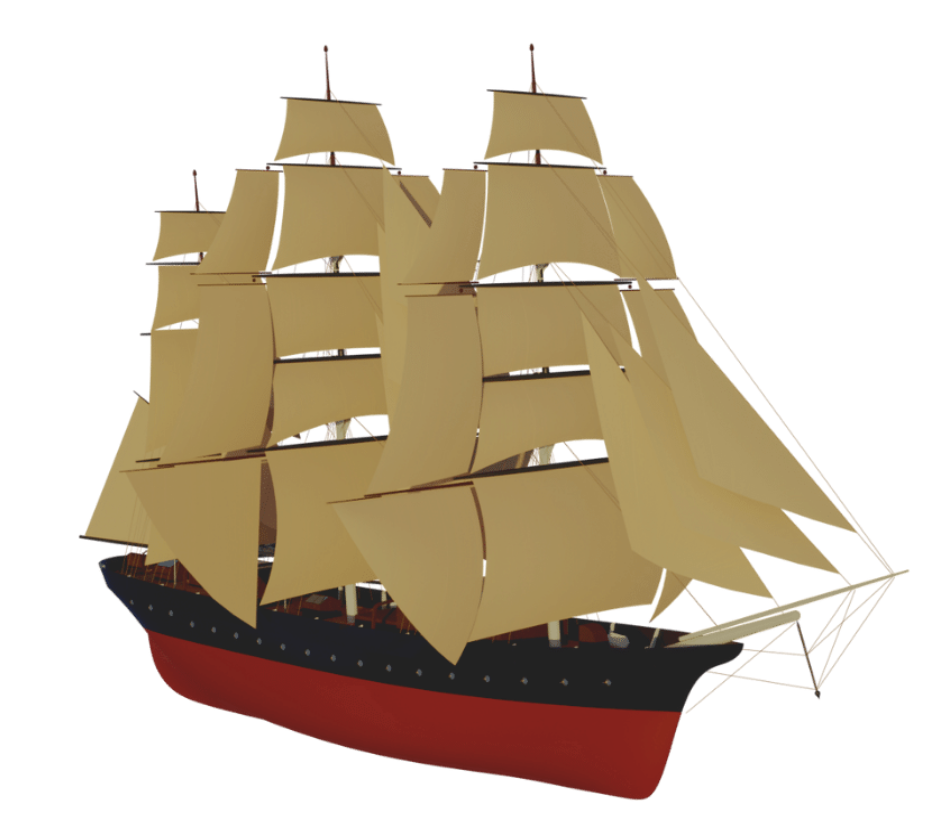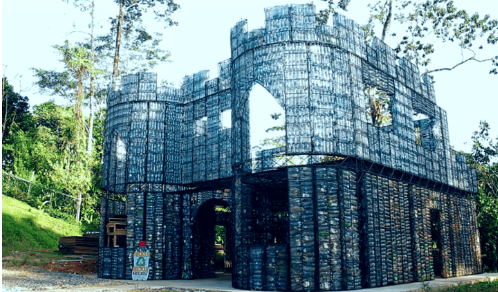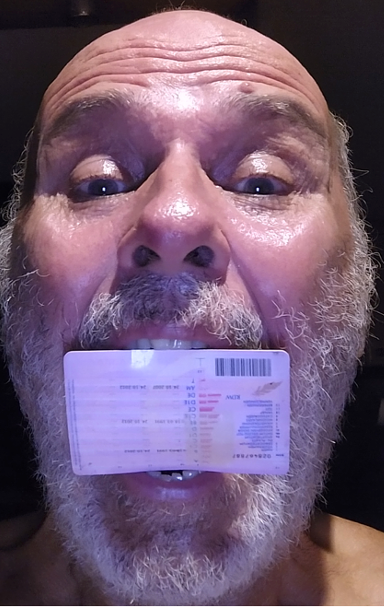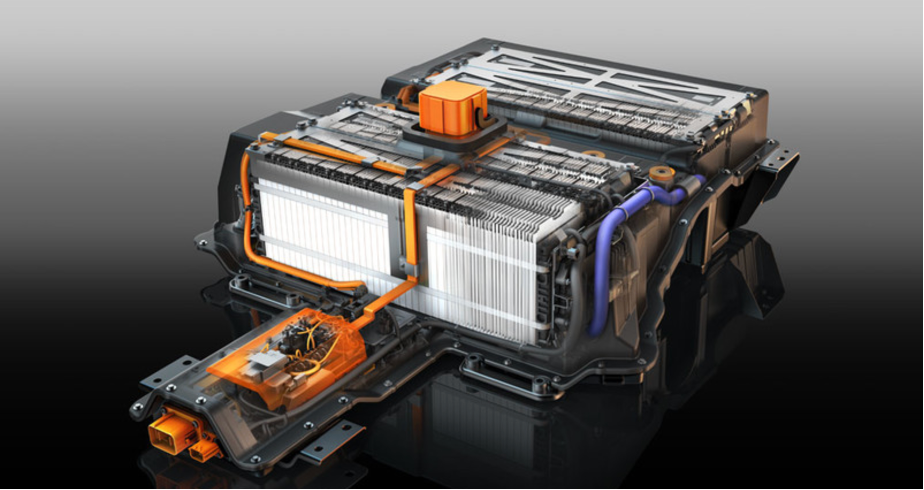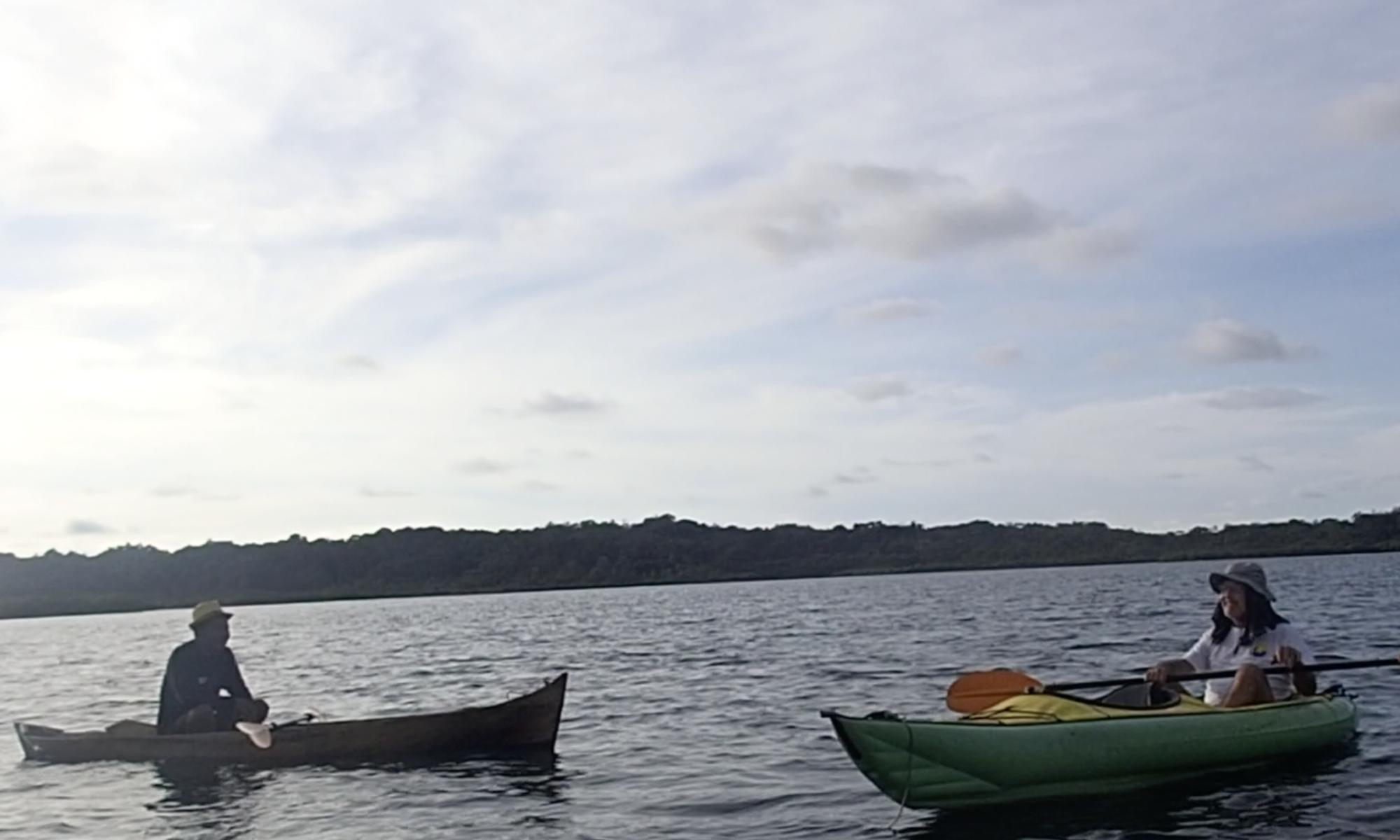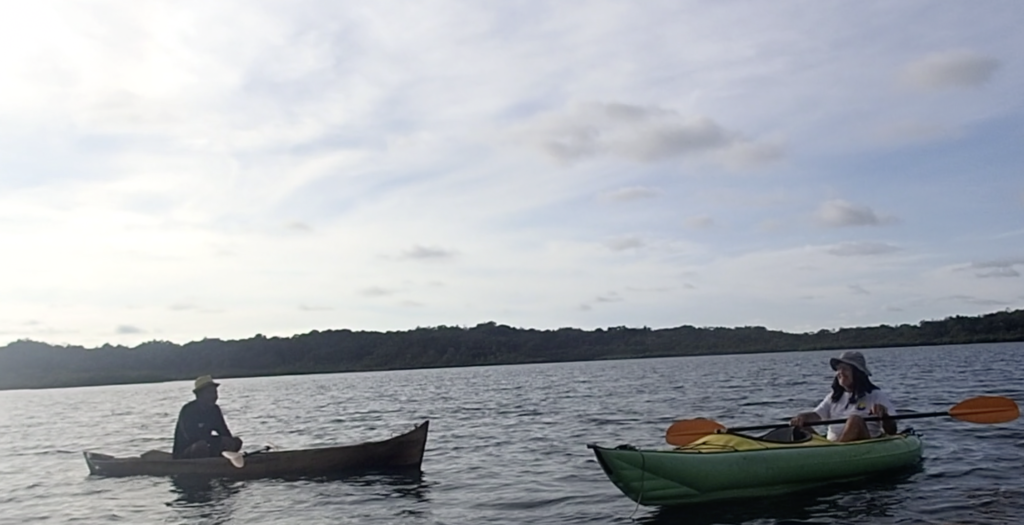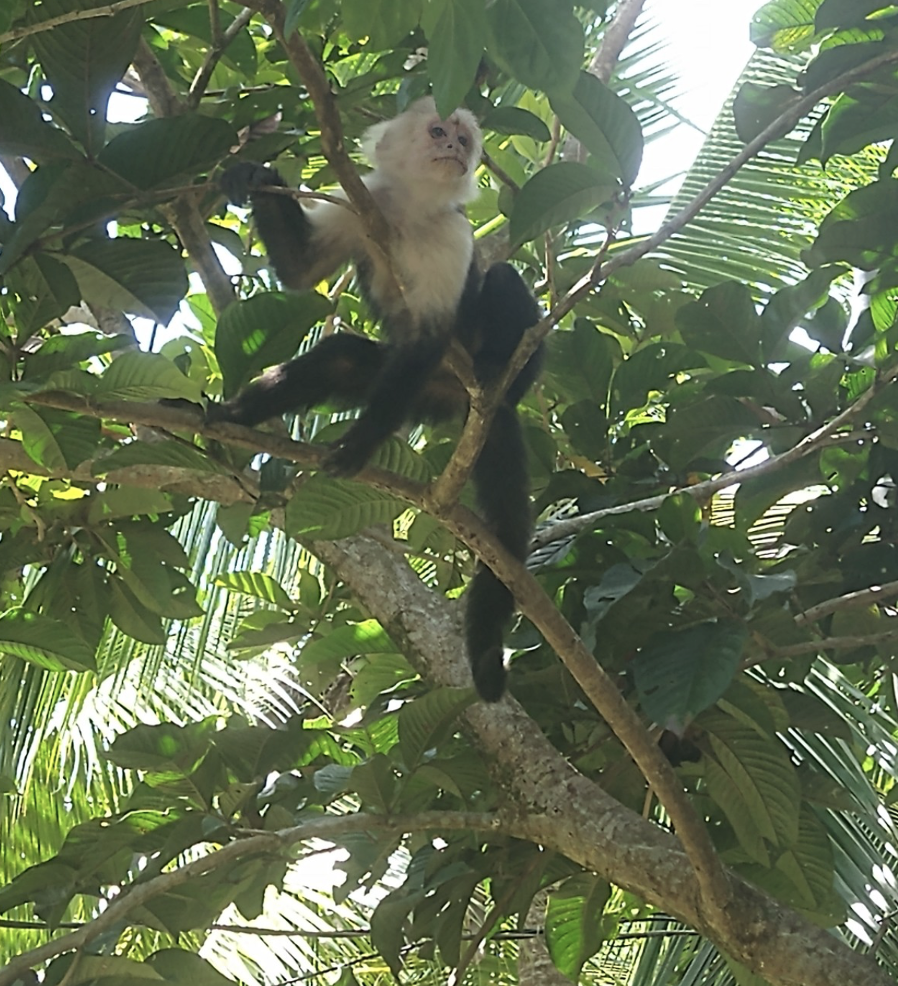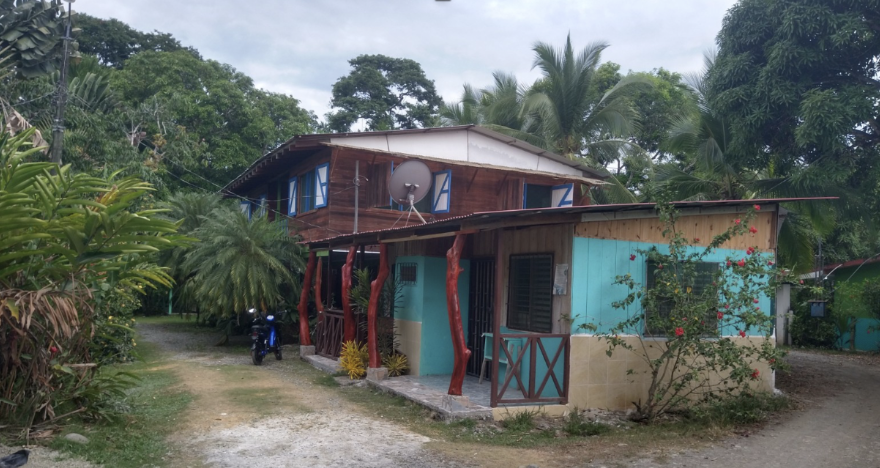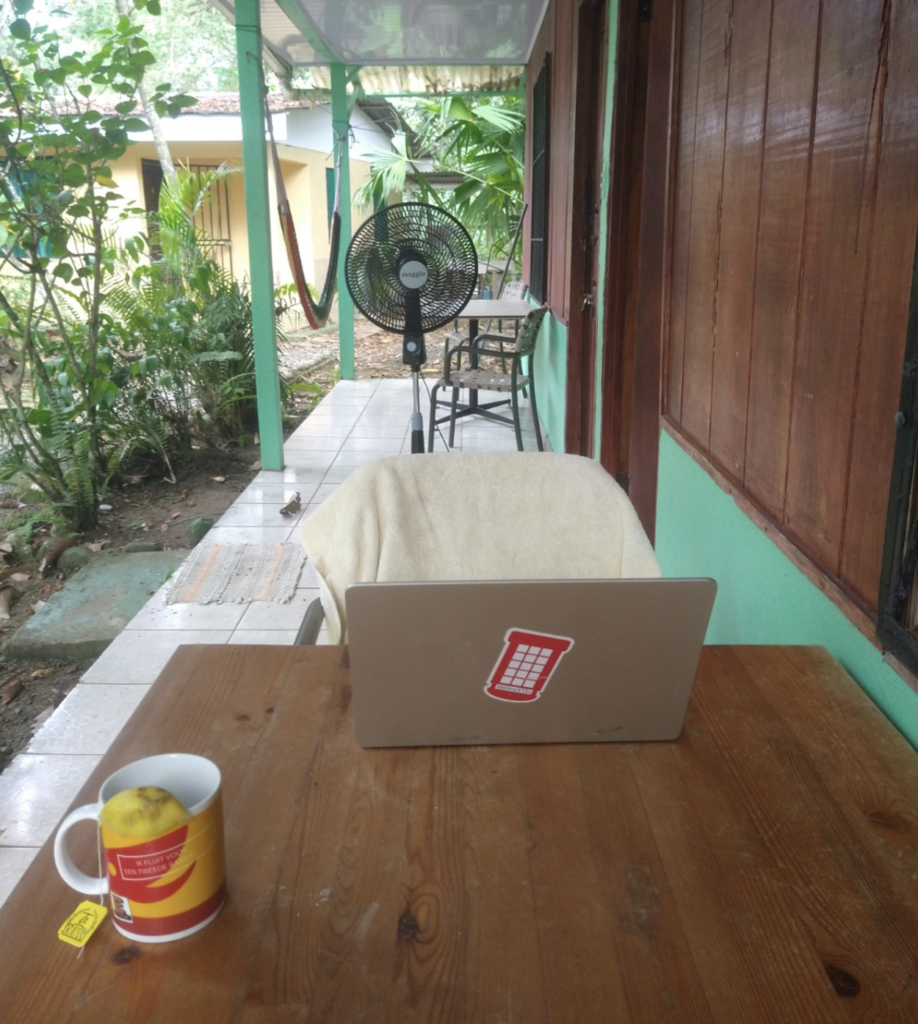Since the late 20th century the marketing of products shifted. First the demand was the leading question. But later, the question in the Marketing Departments was: can we create demand? Yes, they can.
Think of the cars for the middle class in the 1970, like the Volkswagen Golf. Now, the volume of this Golf, still car for the middle class, is 1,5 times bigger. Meanwhile, the average family has dropped with one person, so numerically we could do with even a smaller car. A Smart ForFour would actually be more appropriate to the actual demand. In that car the room in the back is small, but what does it matter? Since your children of 18 and over will take their own transport, there will only be small children in on the back seat.
The only thing that you need the bigger car for, is to transport all the other redundant stuff you bought and has filled your attic to its ceiling and that needs to go to a second hand shop. Or a recycling center, or what the heck, to the waste site. As long as you get rid of it.

How come?
All that stuff, it is your problem, but it is not your fault. Now, the marketing is that refined, that it influences your life without you even knowing it. The basics: In 2000 you looked for something on the internet and you got advertisements about it on your screen. But marketeers, engineers, statisticians, psychologists and ergonomists learned more. Now, if you are on platforms like Facebook, programmes analyse your data and the results go to advertisers. These results are that good that you just ‘discover’ that you can need these products.
Checking the checkbox to authorize Whatsapp to look into your address book, it will download the addresses of you and your friends and family members. Same with your pictures, film, anything. This way they chart out all your needs in a great network. The clicks you make are registered to influence you by ergonomic engineering. Designers make screens containing subtle information that makes you buy more stuff, or a bigger car.
In stead of the old fashioned customer, you have changed into a target. These designers, engineers, the Zuckerbergs of this world, are simply too smart. You can’t beat these professionals. When you get aware of them, they have beaten you already.
How do we notice this?
You don’t notice it when you are in it. But we sailors do notice it when for a long time at sea. There is no internet. You suddenly don’t get these incentives anymore. You are just happy. It makes you suddenly change. They don’t have the need -or urge- to drink their afternoon beer anymore, or to drink any alcohol at all. They get stronger, healthier, loose overweight, et cetera.

How to stop it?
But once they step from board and get to their old life at home, back in the ‘machinery’, they return quickly in the process of consumerism. They sometimes tell sadly that they should not live such consuming life again and they want to go back but can’t find a way out because they say they have too many ties, like a mortgage, a car, et cetera.
That car is big, the mortgage is for a house with 4 bedrooms for just 2 persons.
You can stop the process by questioning:
- Why buy stuff anyway?
- Do you need it? Do you need it directly when you see it, or can it wait a while?
- Where do you leave it after use?
- Get it second hand? Or repair the old one?
To avoid the marketing, you:
- Use duckduckgo https://duckduckgo.com/install instead of google as your search machine.
- Cut with Metaverse products, like Facebook, Instagram, Whatsapp. You will notice that they made it hard to cut these lines; the opposite of downloading and starting it.
- Use Signal https://signal.org/download/ instead of Whatsapp. This is also nicer to your friends and family, who never wanted to give up their privacy since you clicked the checkbox to give Metaverse access to their addresses.
- Use Jit.si https://jitsi.org/downloads/ instead of Zoom or Teams.
- Use Open Office https://www.openoffice.org/download/ instead of Microsoft or Apple products.
- Go shopping with a shopping list, so buy what you really need.
Now, even the marketeers lose the ties, you will feel more freedom of choice and you buy stuff – thingies, a car, a house, a boat, that really suits you.
Side effect: you spend less money.
